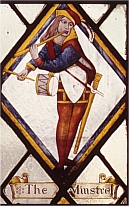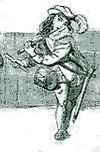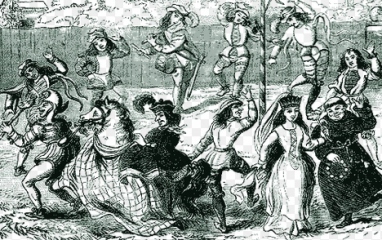|
bone and ivory caskets with moresque themes |
Boxes were made for the luxury and the urban trade in many workshops in Europe for many centuries. Some were made of wood and covered with bone or ivory plaques; others are of carved wood. Many designs were copied from one workshop to another and so were similar in style.
Musicians were a common theme. |
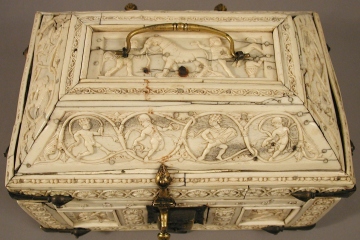 11th century gable lid box 11th century gable lid box |
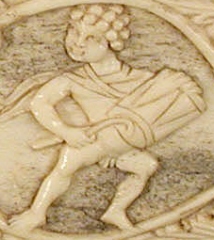 11th century drummer on lid 11th century drummer on lid |
|
| |
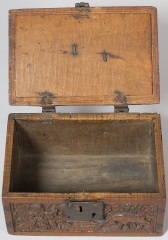 15th century German, wood casket, inside 15th century German, wood casket, inside |
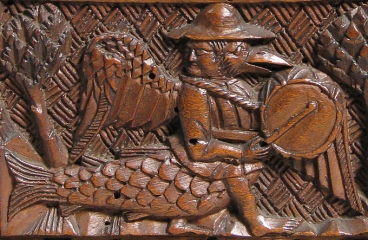 15th century German, drummer carved on back 15th century German, drummer carved on back |
|
|
|
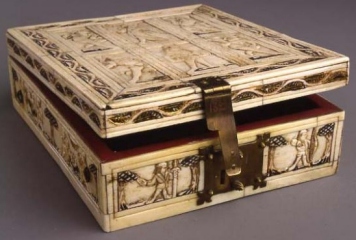 1430-60 bone box, Flanders, Belgium 1430-60 bone box, Flanders, Belgium |
Games boxes have a wooden carcase, onto which are glued plaques of carved bone or ivory on all faces. The lid or side depicts moresca dancers and a musician. On the lids the player is usually in the centre of lower register. |
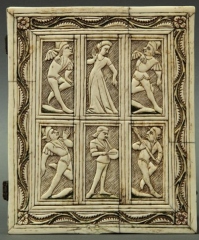 1440-70 France or Germany, box lid 1440-70 France or Germany, box lid
|
|
|
| The base takes the form of a games board. |
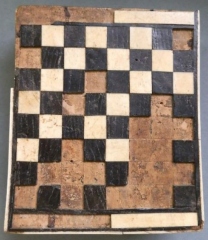 15th century Bourges, France, games board base 15th century Bourges, France, games board base |
Carved on the sides of these caskets are
popular entertainments that carried
connotations of sex, the folly of love
and the power of women; the sides of
the boxes depict courtly love, jousting
and hunting. Scenes of Beating the Pear
Tree are now interpreted as denoting fertility. |
|
| |
|
 1425 Italy 1425 Italy |
|
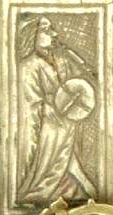 15th century Italy 15th century Italy |
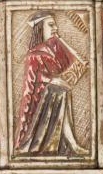 15th century Italy |
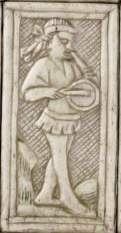 1430-1460 1430-1460 |
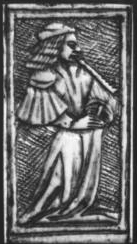 mid 15th century Flanders mid 15th century Flanders |
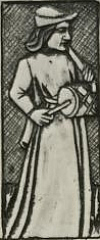 c. 1440-70 South Netherlandish c. 1440-70 South Netherlandish |
|
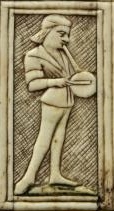 1440-1470 Germany 1440-1470 Germany |
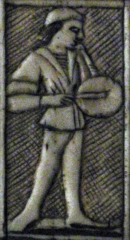 Cluny Museum Cluny Museum |
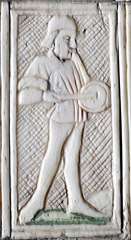 15th century 15th century |
|
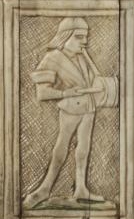 1440-1470 1440-1470 |
| |
|
|
|
For more information on these games boxes see:
'Dancing, love and the 'beautiful game': a new interpretation of a group of fifteenth-century 'gaming' boxes', Renaissance Studies 24.1, 2010, pp.119-141 by Paula Nuttall |
|
1486/1500 Flanders ? / Northern Italy ? | Netherlands ? / Italy ? |
Ivory games box
'On the bottom of the box is a chess board, with animal and other depictions on the side.
Above, ivory fields, four of them each with a dancing man, one with a dancing woman
and one with a woman who is blowing a one-handed flute and beating a small drum.'
|
| These carvings do not show a tabor but the left
hand is in the correct position for playing a three-holed pipe. |
|
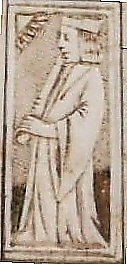 15th century Bourges, France 15th century Bourges, France |
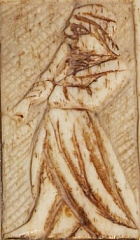 15th century Netherlands 15th century Netherlands |
| Sometimes the moresca are on the side of the boxes: |
|
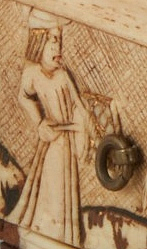 1470 Netherlands 1470 Netherlands |
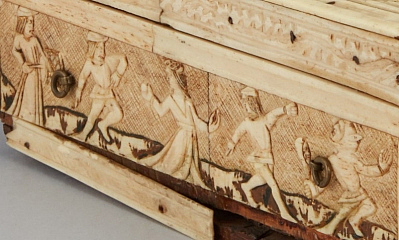 side of the box with dancers and fool side of the box with dancers and fool |
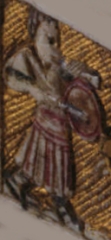 player on side of box player on side of box
French or German |
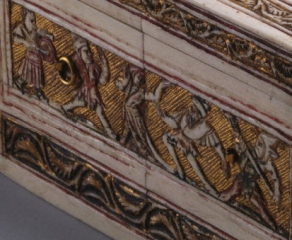 side of the box with dancers and fool side of the box with dancers and fool |
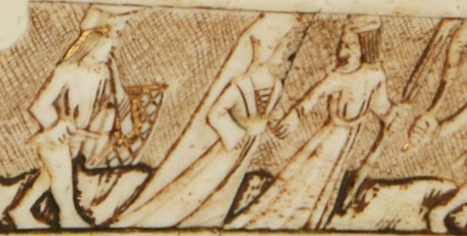 1440-70 Netherlands, box side 1440-70 Netherlands, box side |
personal items |
|
comb, end 15th century, south Germany
Carvings on both sides include a pipe and tabor player; side 1 has a moresca design. |
 comb side 1 player |
 comb side 1 |
 comb side 2 player |
 comb side 2 |
|
| comb second half 15th century, N Italy; moresca design carved in ivory |
|
|
| 15th century comb fragment; moresque design |
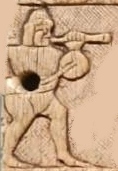 player |
|
|
|
| 15th century Flemish or French, ivory |
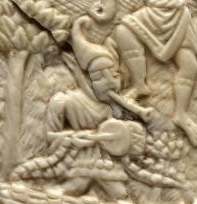 jester player jester player |
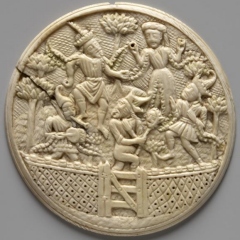 back of case back of case |
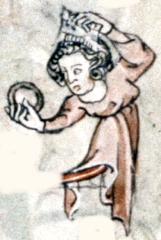 1320 lady combing hair 1320 lady combing hair |
|
|
drawings, paintings, sculpture |
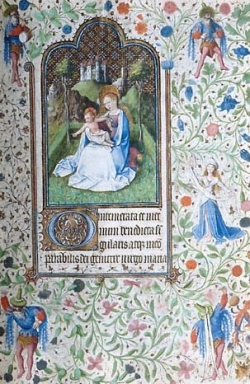 1440-1450 Provence, France 1440-1450 Provence, France
Page from a manuscript Book of Hours.
The marginal drawings seem to illustrate moresca figures.
|
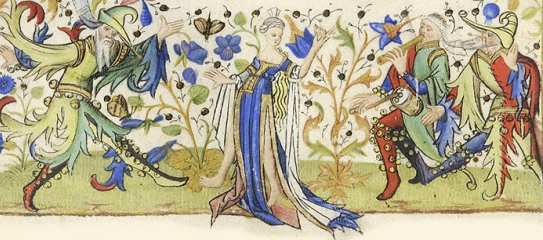 1440 France 1440 France
|
|
|
 1425 Italy
1425 Italy  14th or 15th century France
14th or 15th century France  15th century Italy
15th century Italy 15th century Italy
15th century Italy  1430-1460
1430-1460 mid 15th century Flanders
mid 15th century Flanders c. 1440-70 South Netherlandish
c. 1440-70 South Netherlandish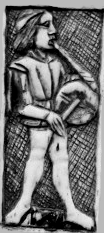 1440-1470 French or German
1440-1470 French or German  1440-1470 Germany
1440-1470 Germany  Cluny Museum
Cluny Museum  15th century
15th century 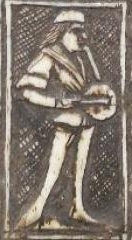 15th century Bourges France
15th century Bourges France 1440-1470
1440-1470 15th century Flanders
15th century Flanders 15th century Bourges, France
15th century Bourges, France 15th century Netherlands
15th century Netherlands 1470 Netherlands
1470 Netherlands side of the box with dancers and fool
side of the box with dancers and fool  player on side of box
player on side of box  side of the box with dancers and fool
side of the box with dancers and fool  1440-70 Netherlands, box side
1440-70 Netherlands, box side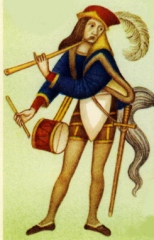 1981 stamp [detail] England
1981 stamp [detail] England 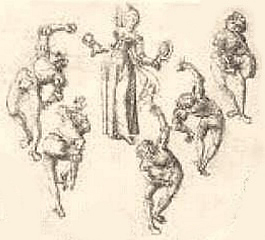 2020 Association of Dance Antique publicity
2020 Association of Dance Antique publicity 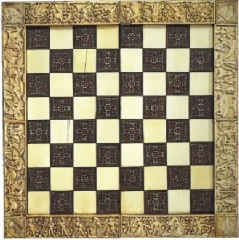
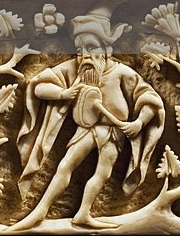 Bargello chess board
Bargello chess board 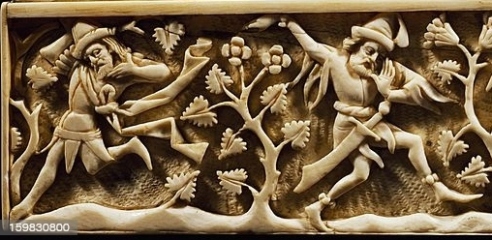 rim moresca dancers
rim moresca dancers 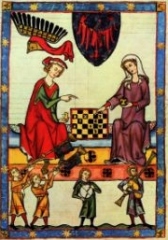
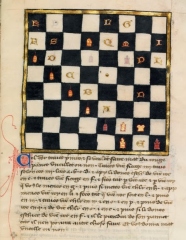



 15th century German, drummer carved on back
15th century German, drummer carved on back  1430-60 bone box, Flanders, Belgium
1430-60 bone box, Flanders, Belgium 

 comb side 1 player
comb side 1 player  comb side 1
comb side 1  comb side 2 player
comb side 2 player comb side 2
comb side 2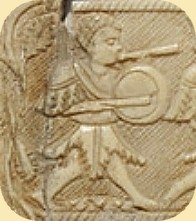
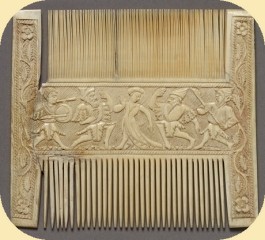
 player
player 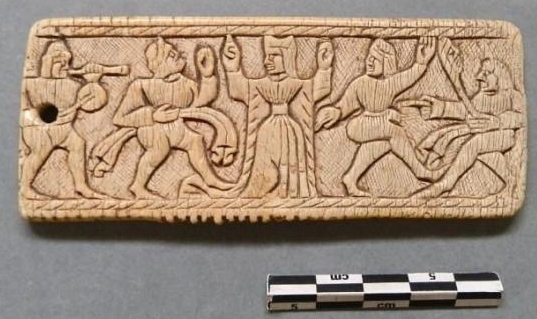
 jester player
jester player  back of case
back of case 


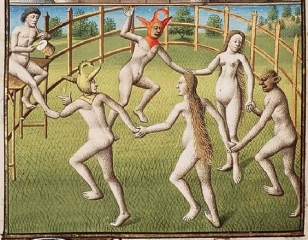
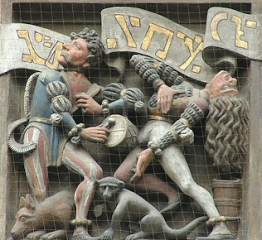
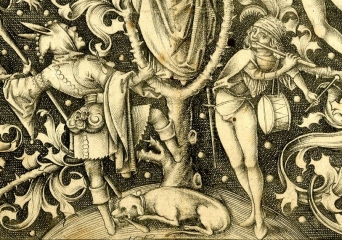
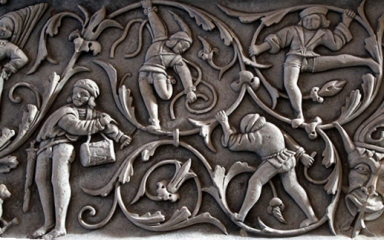
 1520 Beverely Minster, England, misericord
1520 Beverely Minster, England, misericord 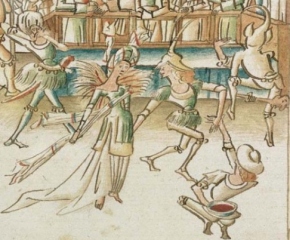 1460-70 Lille, France
1460-70 Lille, France 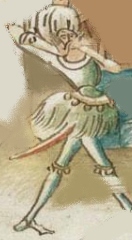 1460-70 player, Lille,
1460-70 player, Lille, 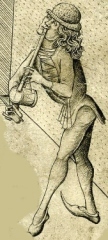
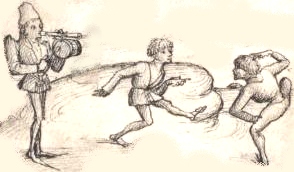
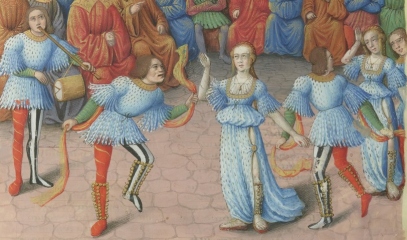
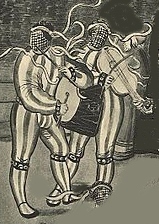

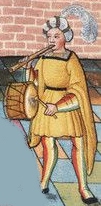
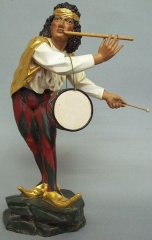 1480 statuette, Munich, Germany,
1480 statuette, Munich, Germany, 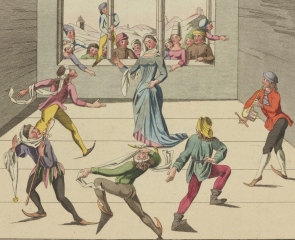 Victorian
Victorian 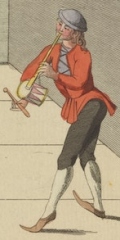 close-up of player
close-up of player 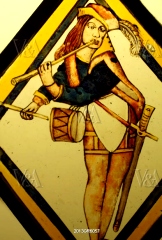
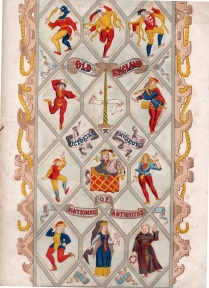 1844 frontispiece, copy of Betley Hall window Staffordshire, England
1844 frontispiece, copy of Betley Hall window Staffordshire, England 